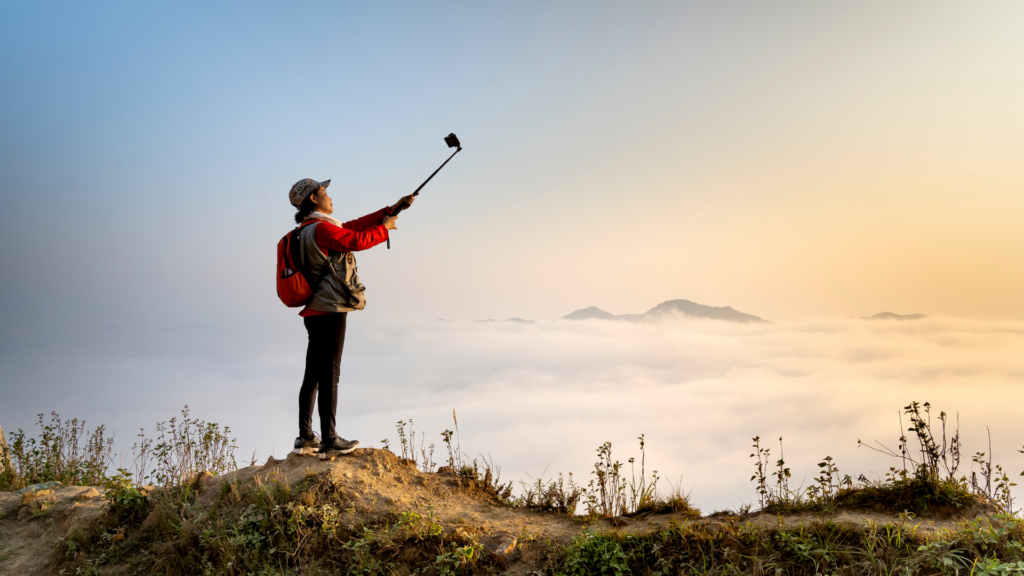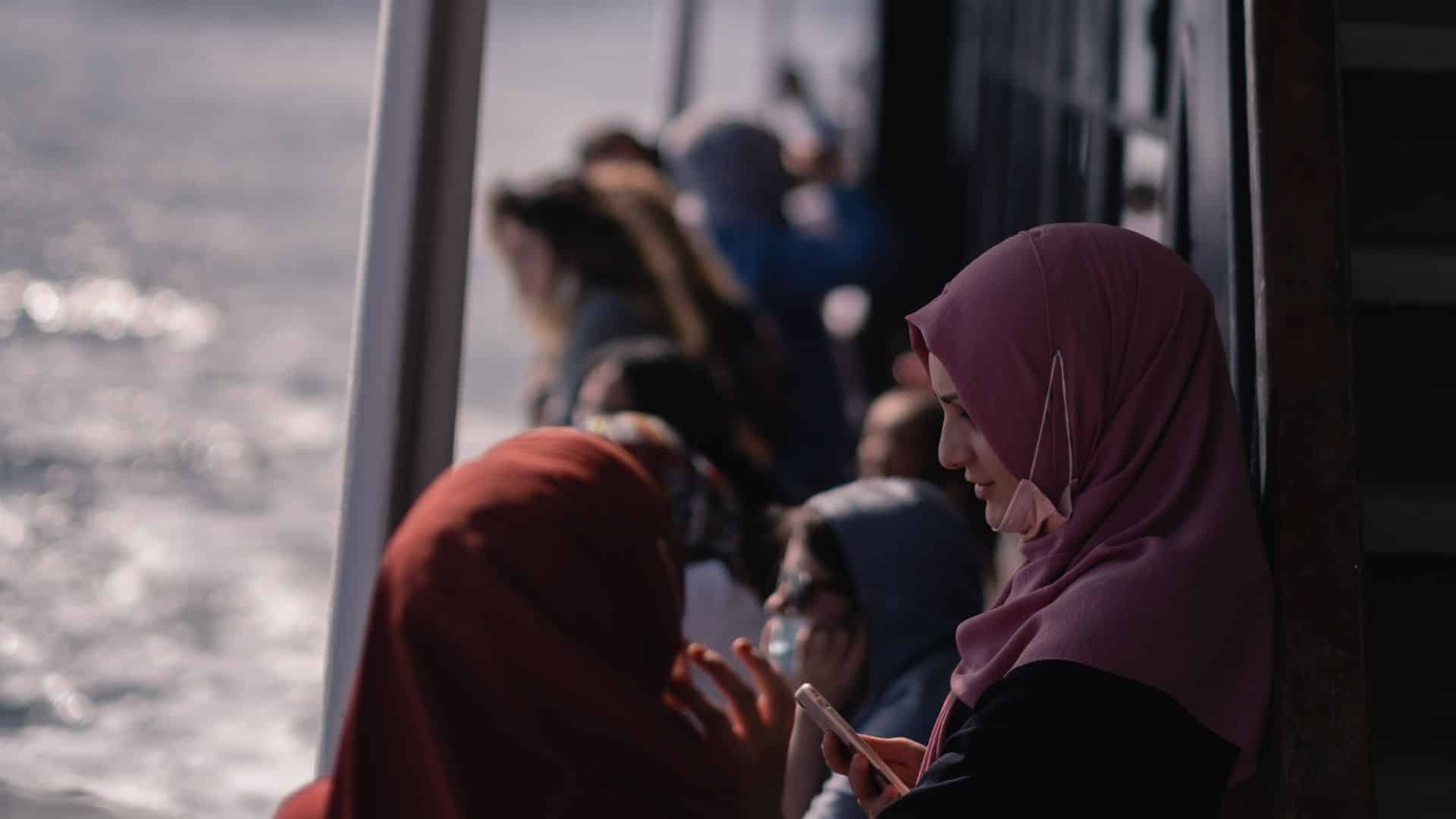The biggest mistake I see is taking in-person tours and converting them to virtual.
Virtual tours are, by nature, different. From how they’re consumed, to how guests can interact, to the price point you can sell them at. And so they need to be created in a different way than your in-person tours.
The most successful virtual tours are the ones created especially for the medium (whether that is Zoom or a 360 video platform like Reachabl). You can read more about how to pick the right platform here.
I’ve taken a lot of virtual tours over the past year, and it’s been quite obvious to me when the guide is doing their ‘in-person tour’ on camera. It just doesn’t work.
In this article, I’ll outline exactly some big differences that you’ll need to keep in mind when creating virtual tours. And I’ll give some examples of virtual tours I thought were really well designed.

Share this article
Three big differences between in-person & virtual trips.
1. Questions.
On an in-person tour, questions are integrated naturally.
Guests can walk up to you while you’re walking, or they can interject to ask a question.
However, with virtual tours, engagement is often restricted to a chatbox. And viewing the chatbox can be distracting for guides, who will often need to pause completely so they can scroll through to see if any questions have popped up.
It can result in a distracted and disjointed experience.
Solution
Designate set times to answer questions and communicate that to your guests at the very beginning (so that no one is angrily typing into the chatbox, wondering why you’re ignoring their question).
Maybe you can stop midway through to answer any questions that have come up. Or you can leave them all for the end.
There’s no right way to do it, just be clear about it and stick to your plan (and get out of the chatbox when you’re not answering questions).
2. Attention Span.
Physical movement makes a huge difference on an in-person tour by keeping guests energized and engaged.
Through a virtual screen, however, you’ll have to find other ways to immerse your guests into the tour to prevent it from being a super passive experience.
Solution
Add ‘movement’ when you can by changing up the perspective.
If your virtual trip is webinar-style, make sure to have visual aids to show and alternate between making them full screen and split-screen with your face so that you have a variety of layouts.
If your tour is in person, make sure to rotate between a selfie-shot of your face, a slow-moving panorama of a view, and static shots.
Also, please limit your tours to 1hr maximum.
In person, guests can hear information for about 1-1.5hrs straight before they need a break. Virtually, that time span is much shorter.
Related articles:
3. Logistics.
When giving a virtual tour guides are often guiding AND doing tech/filming/pulling up visual aids/monitoring the chatbox/etc.
Guiding takes a lot of concentration, which we forget as it comes so naturally to us. And I’ve seen many guides clearly overwhelmed during a virtual tour when adding any other tasks beyond guiding.
Solution
Keep it as simple as possible.
If you’re not super tech-savvy, choose a medium that allows you to sit at home (as opposed to doing live camera work).
If your tour is live-streamed, don’t worry about using virtual visual aids or playing videos or maps. Make your visual aids things you can actually point your camera to (like a physical map that you lie out on a bench). And please, please don’t bother to bring your iPad- it is nearly impossible to see the images on a screen through another screen…
Examples of virtual tours I’ve enjoyed and felt were created perfectly for the medium.
- A Temple Tour in Taipei with TourMeAway (via Amazon Explore)
- A Vietnamese Coffee class with Le Hoang (via HeyGo)
- An after-hours tour of Prague with Prague City Adventures (via Airbnb)
- A virtual tour of Paris with Pamela Breit of StrollsParis (via Reachabl)*
*I’ve paid for all of these tours except for the Paris tour which was offered for free during Guide Week (however I made sure to tip!) so these are truly tours I was impressed by.


